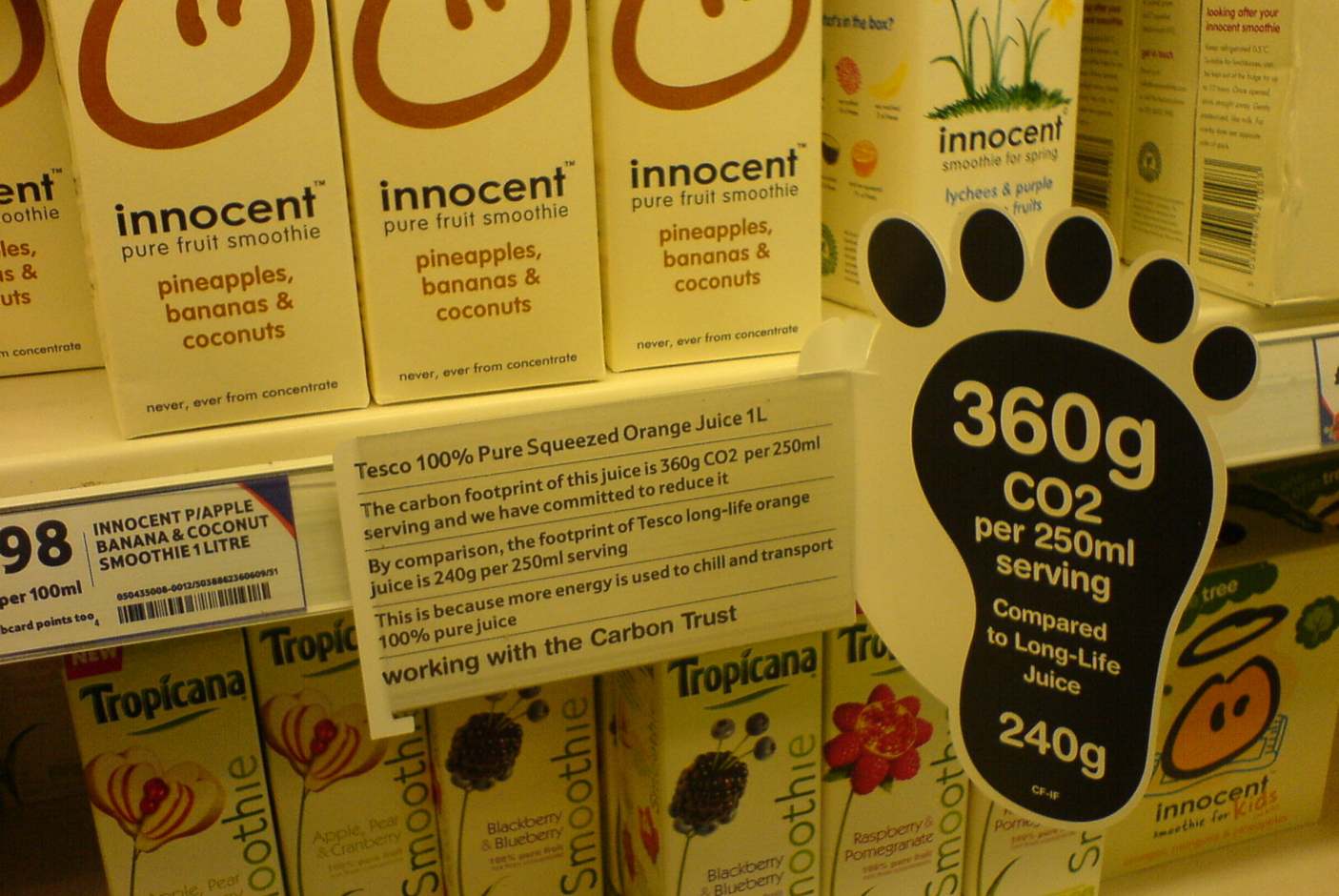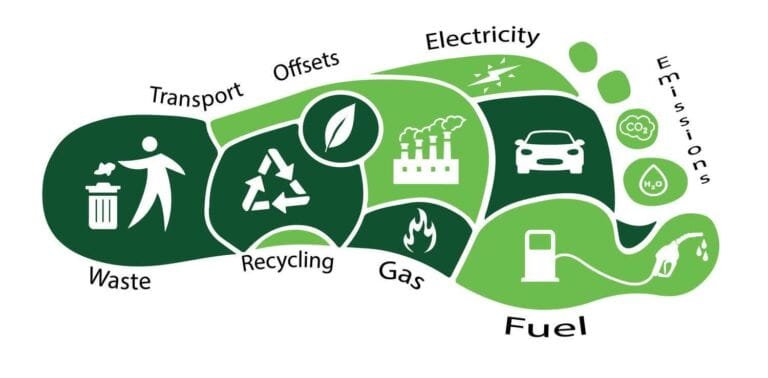
Carbon Labeling: The Next Phase of Calorie Counting

Table of Contents
Have you ever considered the carbon footprint of your weekly grocery haul? Chances are, you haven’t given it much thought. However, the encouraging news is that the trend toward carbon labeling everyday products is gaining momentum. From multinational giants like L’Oréal and Unilever to smaller players such as Brewdog beer and Quorn, companies are increasingly incorporating carbon labels into their products.
The primary impetus behind this shift stems from the realization that the global food system is responsible for a staggering 25% of the world’s greenhouse gas emissions. While efforts have rightly targeted reducing emissions from sectors like housing and transportation, the food and beverage industry has often received less attention—until now.
What is Carbon Labeling?
Carbon labeling is a method of displaying the carbon footprint of a product, typically in the form of a label or mark on packaging. This label indicates the amount of greenhouse gases, such as carbon dioxide, emitted during the production, transportation, and disposal of the product. The purpose of carbon labeling is to provide consumers with transparent information about the environmental impact of the items they purchase, allowing them to make more sustainable choices. It serves as a tool to raise awareness about the carbon emissions associated with everyday products and encourages manufacturers to adopt greener practices in production.

In essence, carbon labeling is part of a growing global movement to address climate change by helping individuals, businesses, and governments track and reduce carbon emissions. As the climate crisis intensifies, more companies are adopting carbon labeling to align with consumer demand for eco-friendly products and to meet regulatory pressures. The goal is to make sustainability as easy to understand and consider as nutritional information, empowering consumers to factor environmental impacts into their purchasing decisions.
The Impact of Calorie Information Mandate in the U.K.
Transitioning to the United Kingdom, where I currently reside, a similar legislation was enacted in April 2022. This mandate, requiring the disclosure of calorie information on menus, garnered bipartisan support, underscoring the acknowledgment that voluntary measures were insufficient in altering dietary behaviors. Projections suggest that these regulations could yield a substantial £5.5 billion benefit to the U.K., attributed to reduced healthcare expenses and increased workforce engagement.

Navigating Challenges and Benefits
Despite its merits, the calorie disclosure mandate has faced opposition from sectors such as the restaurant industry, still grappling with the repercussions of COVID-19 disruptions. Additionally, critics argue that consumer-facing labels tend to downplay the food industry’s culpability in fueling obesity rates. Nonetheless, these regulations offer a significant advantage by enhancing consumer awareness. Empowered with comprehensive information, individuals are better equipped to make informed, healthier choices. Moreover, corporations are compelled to confront the repercussions of their decisions, fostering greater accountability.
Carbon Counts: A New Frontier in Consumer Awareness
Expanding beyond dietary considerations, the imperative to combat climate change has led to the emergence of carbon labeling. While carbon data may initially appear esoteric, its significance is paramount. Analogous to the cultural literacy developed around calorie awareness, understanding carbon emissions is becoming increasingly pivotal.
Pioneering Initiatives in Carbon Labeling
Companies like Numi Tea and Just Salad have spearheaded initiatives to incorporate carbon footprint labels into their products. Numi, founded in 1999, not only offers ethically sourced teas but also provides transparent information on carbon emissions associated with its packaging, transportation, and preparation processes. Similarly, Just Salad has embraced carbon labeling across its entire menu, facilitating informed consumer choices and prompting alterations in ingredient sourcing to minimize environmental impact.
Driving Change Beyond the Food Industry
Beyond culinary realms, entities like Allbirds, a sustainable footwear and apparel brand, have adopted carbon footprint labeling. By transparently delineating the carbon footprint of each product, companies foster consumer awareness and encourage environmentally conscious decision-making.
The Role of Labeling in Fostering Accountability
Research underscores the efficacy of labeling in bridging the gap between consumer perception and environmental impact. By elucidating the consequences of consumption choices, labeling catalyzes deeper introspection and informed decision-making. Moreover, it prompts companies to reevaluate their operational processes, driving innovation and sustainability.
Navigating Challenges and Ensuring Accountability
While labeling serves as a powerful tool for consumer empowerment, it is not devoid of challenges. In certain instances, labeling may be co-opted to deflect responsibility, obscuring corporate accountability. It is imperative to demand transparency and integrity in carbon reporting, thereby fostering an environment conducive to meaningful societal and corporate transformation.
Toward a Sustainable Future
In conclusion, the mandate for calorie disclosure on menus and the advent of carbon labeling represent pivotal strides toward fostering consumer awareness and corporate accountability. By empowering individuals with information, we lay the foundation for sustainable practices and systemic change. As we navigate the complexities of a rapidly evolving landscape, transparency and education emerge as catalysts for a healthier, more sustainable future.
Related Posts







